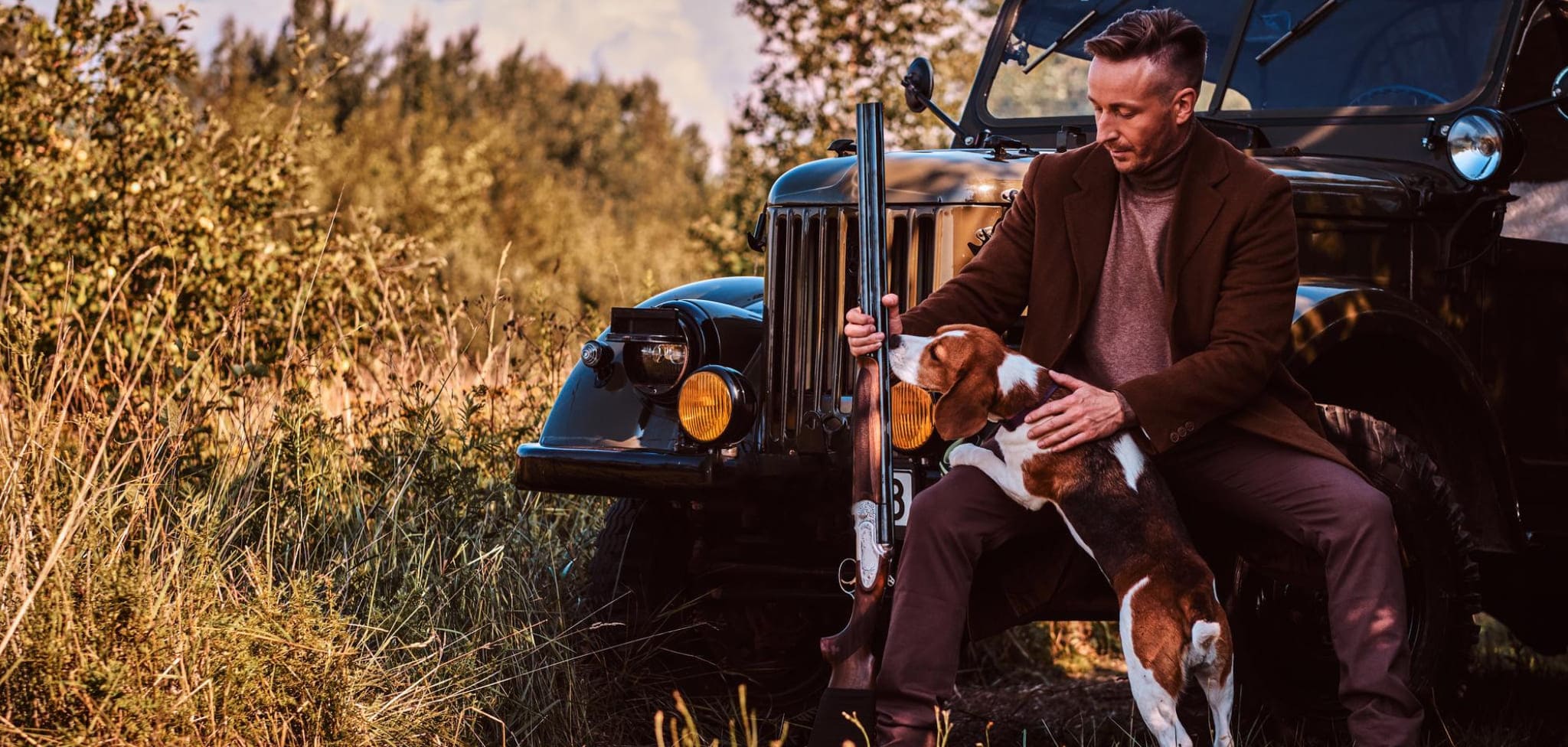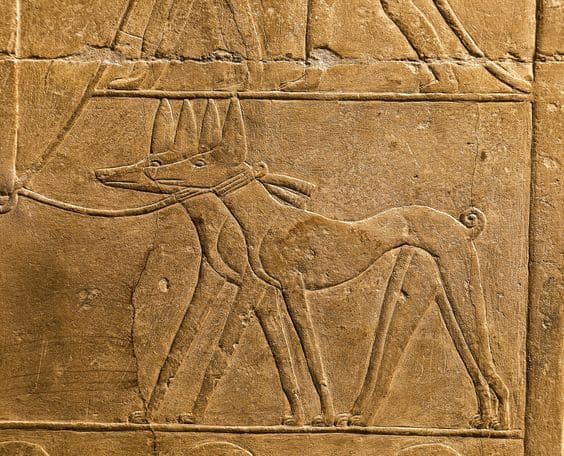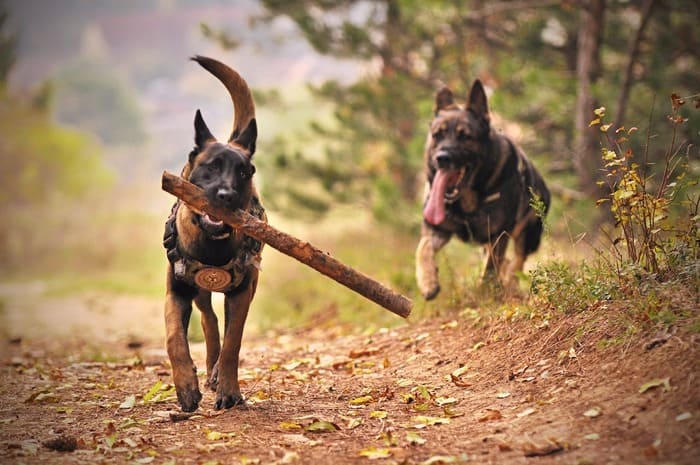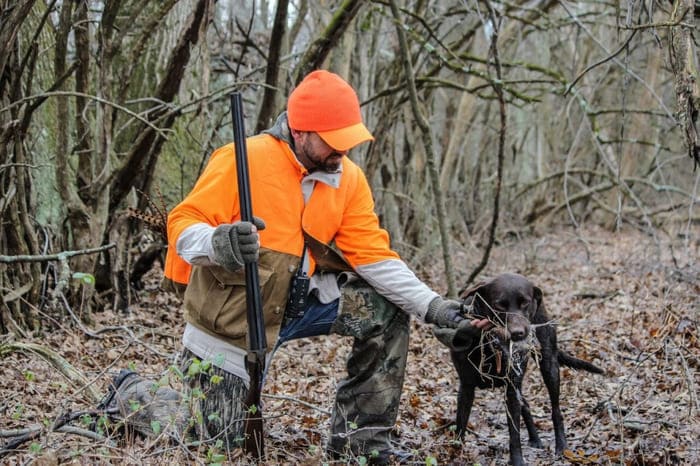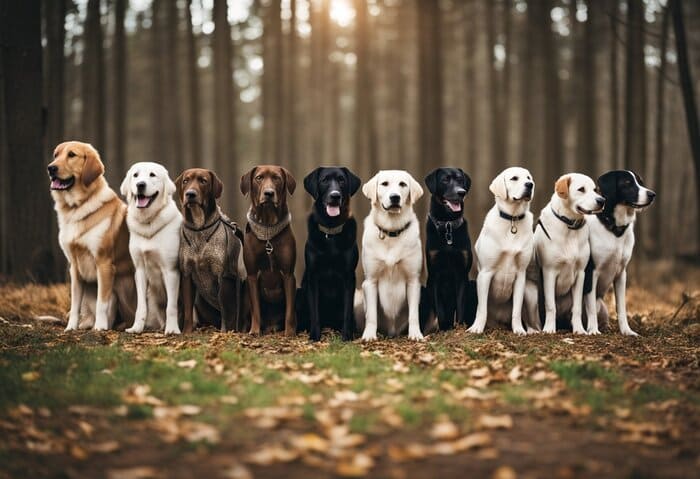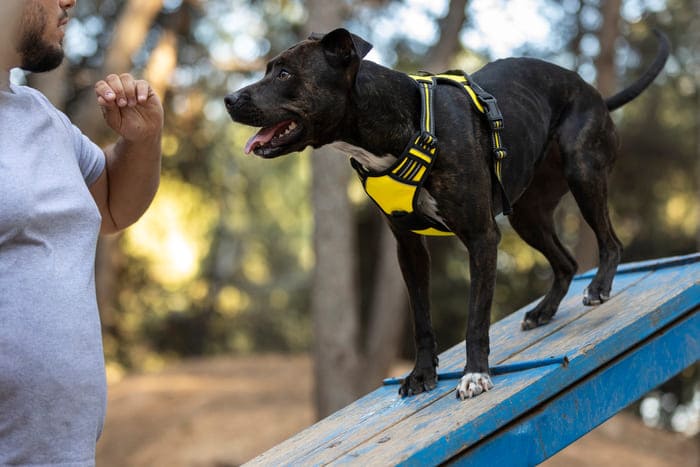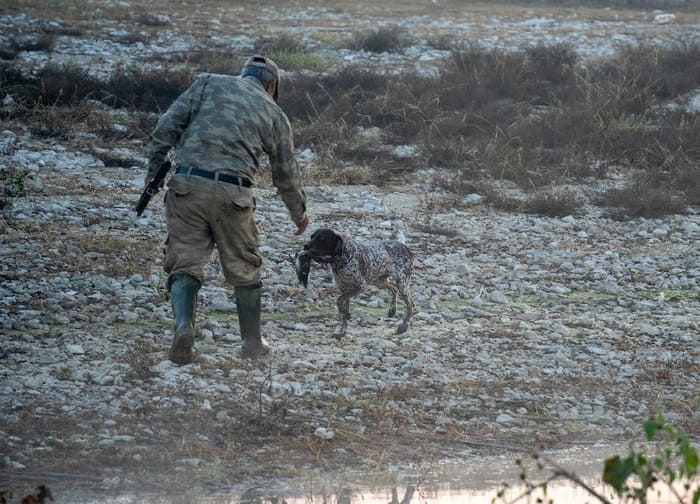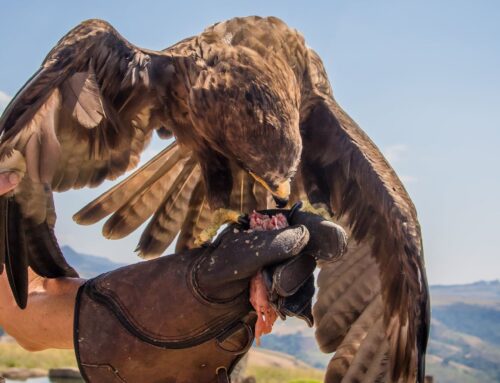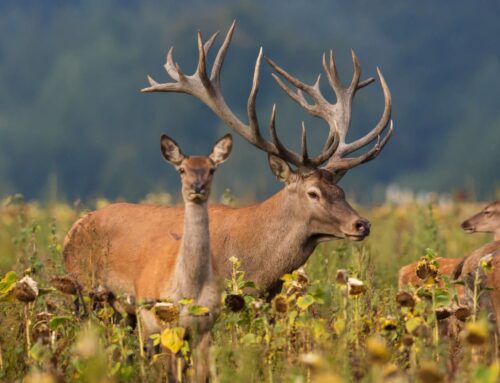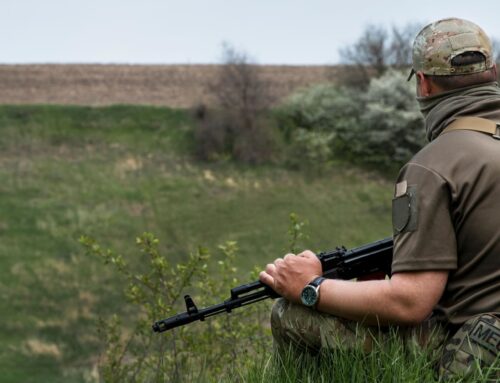Explore the History and Significance of Hunting Dogs: A Comprehensive Guide
If you’re a hunting enthusiast, then you know the importance of having a reliable hunting dog by your side. Hunting dogs have been a part of human history for thousands of years, dating back to ancient civilizations. These dogs were bred and trained to assist hunters in various ways, from tracking game to retrieving downed birds.
The history of hunting dogs is a fascinating one, as it is intertwined with the history of humans and our evolution as a species. Early humans recognized the advantage of having dogs as hunting companions, and over time, different breeds of hunting dogs were developed to suit different hunting needs. From pointing and flushing dogs to hounds and retrievers, hunting dogs have played a crucial role in the success of hunting expeditions throughout history.
In this article, we’ll explore the rich history and significance of hunting dogs, from their ancient origins to their modern-day contributions. We’ll take a closer look at the different breeds of hunting dogs and their unique abilities, as well as the training and care required to keep them in top form. Whether you’re a seasoned hunter or just starting out, understanding the role of hunting dogs in the sport of hunting is essential to your success.
Origins of Hunting Dogs
Hunting dogs have been an integral part of human society for thousands of years. The origins of hunting dogs can be traced back to ancient times when early humans formed a mutually beneficial relationship with wild canines. Humans and dogs hunted together for survival and sustenance, and over time, this partnership evolved into a deep bond between the two species.
The history of hunting dogs is a fascinating one, as it spans across different cultures and continents. Evidence suggests that dogs were used as hunting partners, guard dogs, and even to haul heavy items, from about 12,000 years ago. Selective, intentional breeding likely came about 9,000 years ago, as herding dogs began to appear.
In North America, the earliest evidence of domesticated dogs dates back to about 10,000 years ago. Indigenous peoples in the region used dogs for hunting, transportation, and protection. These early hunting dogs were often trained to track and retrieve game, and they played a critical role in the survival of many Native American Indigenous communities.
As human civilization advanced, so did the breeding and training of hunting dogs. Ancient Greeks and Romans also kept dogs as hunting animals and guard animals, and by the 14th century, hunting dogs were common in Europe. Over time, different breeds of hunting dogs were developed to suit different hunting styles and game types. For example, pointers were bred to find game birds, while hounds were bred to track and chase larger game such as deer and boar.
Today, hunting dogs continue to play an important role in many cultures and societies around the world. From retrievers to beagles, there are countless breeds of hunting dogs that are beloved by hunters and non-hunters alike. Whether you’re a seasoned hunter or simply a dog lover, the history of hunting dogs is a fascinating topic that is well worth exploring.
Evolution of Hunting Dog Breeds
Hunting dogs have been bred for specific purposes for thousands of years. Over time, selective breeding led to the development of specific breeds tailored for hunting purposes. Here are some of the key milestones in the evolution of hunting dog breeds.
Prehistoric to Medieval Times
The partnership between humans and dogs in hunting dates back to prehistoric times. Early humans realized that dogs, with their keen senses and pack mentality, could help them become more successful hunters. These early dogs were used for tracking and flushing out prey, as well as for protection. Archaeological evidence suggests that dogs were domesticated as early as 20,000 to 40,000 years ago. Initially, they played a dual role as both hunting companions and protectors of human settlements.
As human civilizations developed, so did the use of hunting dogs. In ancient Egypt, dogs were depicted assisting in hunting scenes as far back as 4000 BC. These early dogs were likely used for tracking and retrieving game, making them invaluable companions for hunters.
Renaissance to 19th Century
During the Renaissance period, hunting became a popular pastime among the nobility. As a result, specialized breeds were developed for specific types of hunting. For example, the Greyhound was bred for coursing, while the Pointer was developed for bird hunting.
In the 19th century, the Industrial Revolution brought about significant changes in the breeding of hunting dogs. The rise of the middle class led to an increase in the popularity of hunting as a leisure activity, and breeders began to focus on creating dogs that were both efficient hunters and loyal companions.
20th Century to Present
In the 20th century, hunting dog breeds continued to evolve as technology advanced. The development of firearms led to the creation of breeds that were specialized for retrieving game, such as the Labrador Retriever and the Golden Retriever.
Today, there are many different breeds of hunting dogs, each with their own unique characteristics and abilities. From the Beagle, which is known for its exceptional sense of smell, to the German Shorthaired Pointer, which is prized for its versatility and athleticism, there is a hunting dog breed to suit every type of hunter.
Roles and Uses of Hunting Dogs
Hunting dogs have been bred and trained for centuries to assist hunters in various tasks. They come in different breeds, each with unique abilities and instincts. Here are some of the common roles and uses of hunting dogs:
Tracking
One of the most important roles of hunting dogs is tracking. Dogs with a strong sense of smell, such as Bloodhounds and Beagles, are trained to track scents left by game animals. They can follow a trail for miles and help hunters locate their prey.
Flushing
Flushing dogs are used to scare birds and small game animals out of hiding so that they can be shot by the hunter. They are trained to run through brush and undergrowth to flush out the prey. Spaniels, retrievers, and pointers are some of the breeds that are commonly used for flushing.
Retrieving
Retrievers are used to retrieve game animals that have been shot by the hunter. They are trained to locate and retrieve the animal without damaging it. Retrievers are also used to retrieve waterfowl that have been shot down over water. Golden retrievers, Labrador retrievers, and Chesapeake Bay retrievers are some of the most popular breeds used for retrieving.
Pointing
Pointing dogs are used to locate and point out game animals such as quail, pheasants, and grouse. They are trained to freeze in place when they detect the scent of the animal, allowing the hunter to approach and shoot it. Pointers, setters, and German shorthaired pointers are some of the breeds that are commonly used for pointing.
Sighthounds
Sighthounds are used to hunt game by sight. They have excellent vision and are often used to hunt fast-moving game such as rabbits and hares. Sighthounds are often used in small game hunting.
Each breed of hunting dog has been developed over time to excel in a specific role or function. Understanding the different roles and functions of hunting dogs is essential for any hunter who wants to be successful in the field.
Evolution of Hunting Techniques
Hunting dogs have been instrumental in the evolution of hunting techniques. Over the years, humans have developed various methods to hunt with their canine companions. In this section, we will explore the evolution of hunting techniques throughout history.
Ancient Methods
In the early days, hunting was a means of survival. Humans relied on hunting to provide food and clothing. Hunting dogs were used to track and flush out prey. Ancient humans used various methods to hunt, including traps, spears, and bows and arrows. Dogs were used to track and chase down prey, making it easier for humans to catch them.
Medieval Advances
During the medieval period, hunting became a popular sport among the nobility. Hunting dogs were bred specifically for this purpose. The use of falcons and hawks also became popular. Hunters would release their birds to catch prey, while their dogs would flush out and retrieve the game. This method of hunting was known as falconry.
Modern Hunting Practices
Today, hunting is still a popular sport, but it is also used for population control and wildlife management. Hunting dogs are still used to track and retrieve game, but modern technology has also played a role in hunting. GPS devices are now used to track dogs, and hunters use high-powered rifles to take down prey.
the evolution of hunting techniques has been closely tied to the evolution of hunting dogs. From ancient times to modern day, hunting dogs have played an important role in the success of human hunters.
Historical Impact
Hunting dogs have played an important role throughout history. These dogs have been used for various purposes, including hunting, guarding, and even warfare. In this section, we will explore the historical impact of hunting dogs, including their role in warfare and cultural significance.
Hunting Dogs in Warfare
Hunting dogs have been used in warfare for centuries. In ancient times, dogs were trained to fight alongside their human counterparts. They were used to attack enemies, guard camps, and even carry messages. In more recent times, dogs have been used in a variety of military roles, including bomb detection, search and rescue, and even as therapy dogs for soldiers suffering from PTSD.
During World War I, dogs were used extensively by the military. They were trained to carry messages, locate wounded soldiers, and even detect mines. The use of dogs in warfare continued into World War II, where they were used for similar purposes. Today, dogs continue to play an important role in modern warfare.
Cultural Significance
Hunting dogs have also played a significant role in many cultures throughout history. In ancient Egypt, dogs were considered sacred animals and were often buried with their owners. In Norse mythology, dogs were associated with the god Odin and were believed to be able to see into the future.
In many Native American cultures, dogs were used for hunting and as companions. They were often considered part of the family and were treated with great respect. In some cultures, dogs were even believed to have healing powers and were used to treat various ailments.
Literature and Art
Hunting dogs have been a popular subject in literature and art. In his novel, “The Call of the Wild,” Jack London portrays the relationship between a dog and its owner during the Klondike Gold Rush. The novel highlights the importance of dogs as loyal companions and skilled hunters. Similarly, in the painting “Dogs of War,” Sir Edwin Landseer depicts dogs as brave and loyal soldiers, fighting alongside their human counterparts.
Overall, hunting dogs have had a significant impact on history. From their use in warfare to their cultural significance, these dogs have played an important role in many aspects of human life. Whether you are a hunter or simply a dog lover, it is important to understand and appreciate the historical significance of these amazing animals.
Breeds and Characteristics
Hunting dogs have been bred for centuries to assist hunters in various tasks. Each breed has unique characteristics that make them suitable for specific hunting tasks. In this section, we will discuss the different breeds of hunting dogs and their characteristics.
Hound Group
Hound dogs are known for their exceptional sense of smell and are used for hunting game by scent. They are further classified into two types: sighthounds and scent hounds. Sighthounds like the Greyhound, are known for their incredible speed and are used for hunting game by sight. Scent hounds like the Beagle, are known for their superior sense of smell and are used for tracking game.
Gun Dogs
Gun dogs are used for hunting game birds and waterfowl. They are further classified into three types: retrievers, pointers, and setters. Retrievers like the Labrador Retriever and Golden Retriever are known for their excellent retrieving skills, making them ideal for waterfowl hunting. Pointers like the English Pointer and English Setter are skilled at locating and pointing game birds, allowing hunters to get into position for a shot. Setters like the Irish Setter are known for their ability to locate game birds in heavy cover.
Terriers
Terriers are small, feisty dogs used for hunting small game like rodents and rabbits. They are known for their tenacity and determination. Terriers like the Jack Russell Terrier and Rat Terrier are excellent at digging out game from their burrows.
Curs and Feists
Curs and feists are small to medium-sized dogs used for hunting small game like squirrels and raccoons. They are known for their agility and endurance. Curs like the Black Mouth Cur and Mountain Cur are used for tracking and treeing game. Feists like the Treeing Feist are used for hunting small game in dense cover.
each breed of hunting dog has unique characteristics that make them suitable for specific hunting tasks. Understanding the different types of hunting dogs and their characteristics can help hunters choose the right dog for their specific needs.
Training and Handling
Training and handling are crucial aspects of owning a hunting dog. Proper training will ensure that your dog is well-behaved, obedient, and able to perform the tasks required of it. In this section, we will discuss some training principles and the importance of the handler-dog relationship.
Early Training Techniques
Early training techniques were often harsh and punitive. Dogs were trained using physical punishment, such as hitting or kicking, to correct unwanted behavior. This approach was based on the belief that dogs needed to be dominated in order to be obedient.
However, this approach has been largely discredited in modern times. It has been shown that positive reinforcement is a much more effective training technique.
Modern Training Methods
Modern training methods are based on positive reinforcement. These methods involve using treats, praise, and other rewards to encourage good behavior. Dogs are taught to associate certain behaviors with rewards, and they learn to repeat those behaviors in order to receive the rewards.
One popular modern training method is clicker training. Clicker training involves using a clicker to make a sound when the dog performs a desired behavior. The click is followed by a reward, such as a treat or praise. Over time, the dog learns to associate the click with the reward, and it learns to repeat the desired behavior in order to receive the reward.
Another popular modern training method is the use of electronic collars. These collars employ a remote control to deliver a mild electric shock to the dog when it misbehaves. While controversial, some hunters find this technique useful in training their dogs. However, it is important to note that electronic collars should only be used under the guidance of a professional dog trainer, as improper use can cause harm to the dog.
Basic Training Principles
The foundation of any hunting dog’s training is based on obedience and socialization. A well-trained dog must be obedient to its handler’s commands and be socialized to interact with other dogs and people. Basic obedience training includes commands such as sit, stay, come, and heel. These commands are essential for controlling the dog’s behavior in the field and ensuring its safety.
Socialization is also an important aspect of training. It involves exposing the dog to different environments, sounds, and people. This helps the dog become more comfortable and confident in various situations, which is essential for hunting.
Advanced Hunting Training
Once the dog has mastered basic obedience and socialization, it is ready for advanced hunting training. This training involves teaching the dog specific hunting skills such as tracking, pointing, flushing, and retrieving. The training should be tailored to the dog’s breed and hunting style.
For example, a pointing dog such as a German Shorthaired Pointer requires specific training to learn how to point and hold birds. Retrievers such as Labrador Retrievers require training on how to retrieve birds from water and land. The training should be done in a positive and rewarding manner to ensure that the dog enjoys the training process.
Handler-Dog Relationship
The handler-dog relationship is critical for successful hunting. The handler must be able to communicate effectively with the dog and understand its body language. The handler must also be patient, consistent, and fair in their training methods.
It is essential to establish a clear communication system between the handler and the dog. This involves using consistent commands and body language to convey messages effectively. A good handler must also be able to read their dog’s body language and understand their needs.
The handler-dog relationship goes beyond training. It involves building a strong bond based on trust and respect. A well-trained hunting dog is a valuable asset, and a good handler recognizes and appreciates their dog’s contributions to the hunt.
Modern-Day Hunting and Technology
Advancements in technology have played a significant role in the evolution of hunting dogs. In recent decades, the hunting landscape has witnessed technological advancements that complement the role of hunting dogs. These advancements have made it easier for hunters to communicate and track their dogs in the field, ensuring both safety and effectiveness.
Breeding Technologies
Breeding technologies have helped to refine the traits of hunting dogs. Today, breeders can use genetic testing to identify desirable traits and breed only the best dogs. This has led to the development of specialized breeds that are better suited for specific types of hunting, such as retrievers for waterfowl hunting and pointers for upland bird hunting.
Advancements in Training Aids
Technology has revolutionized the way hunting dogs are trained. Training aids such as electronic collars, bird launchers, and scent detection devices have made training more efficient and effective. Electronic collars, for instance, can be used to correct unwanted behavior and reinforce positive behavior. Bird launchers can be used to simulate hunting scenarios, and scent detection devices can help dogs differentiate between various scents.
Impact of GPS and Tracking Devices
GPS and tracking devices have become increasingly popular among hunters. These devices can be used to track the location of hunting dogs, making it easier to locate them in case they get lost. They can also be used to track the location of game, making it easier to plan hunting strategies. Some GPS devices also come with features such as a compass, weather alerts, and mapping tools, making them a valuable tool for hunters.
technology has a significant impact on modern-day hunting, and hunting dogs have not been left behind. Advancements in training aids and the use of GPS and tracking devices have made hunting more efficient and effective. As a hunter, it is essential to keep up with the latest technological advancements to improve your hunting experience.
Conservation and Ethics
Hunting dogs play a crucial role in sustainable hunting practices, which promote the conservation of wildlife populations and the preservation of natural habitats. As a responsible hunter, it is important to follow ethical guidelines and use hunting dogs in a manner that ensures the well-being of both the dogs and the animals being hunted.
Sustainable Hunting Practices
Sustainable hunting practices involve the use of hunting dogs to track and retrieve game, which can help to control wildlife populations and prevent overhunting. By using hunting dogs, hunters can also minimize the risk of injuring animals and reduce the amount of time it takes to locate and retrieve game.
To ensure that hunting is sustainable, hunters must abide by regulations set forth by local and national wildlife management agencies. These regulations may include restrictions on the number and type of animals that can be hunted, as well as guidelines for the use of hunting dogs. By following these regulations, hunters can help to conserve wildlife populations and protect natural habitats for future generations.
Hunting Dogs and Wildlife Management
Hunting dogs can also play a role in wildlife management, as they can be trained to detect and track invasive species or animals that pose a threat to local ecosystems. For example, dogs can be trained to detect the presence of invasive plant species or to track feral hogs, which can cause significant damage to crops and natural habitats.
However, it is important to ensure that hunting dogs are not used to hunt endangered or threatened species, as this can have a negative impact on conservation efforts. Additionally, hunters must ensure that their dogs are well-trained and well-cared for, as mistreatment of hunting dogs can result in injury or death to the dogs and can also negatively impact wildlife populations.
In conclusion, hunting with dogs can be a rewarding and fulfilling activity, but it is important to approach it with a sense of responsibility and respect for the animals and the environment. By following ethical guidelines and conservation practices, hunters can help to preserve the natural world and ensure that hunting remains a sustainable and enjoyable activity for generations to come.
Frequently Asked Questions
What characteristics define a good hunting dog?
A good hunting dog should possess certain characteristics such as a strong sense of smell, good stamina, agility, and obedience. It should be able to track, locate, and retrieve game without losing focus or getting distracted. Additionally, a good hunting dog should be trainable and able to work well with its owner.
Which breeds are considered small hunting dogs?
Small hunting dogs are generally used for hunting small game such as rabbits, squirrels, and birds. Some of the most popular small hunting dog breeds include Beagles, Cocker Spaniels, and Jack Russell Terriers.
What are the most popular breeds used for deer hunting?
Deer hunting requires a dog with a strong sense of smell and endurance. Some of the most popular breeds used for deer hunting include Bloodhounds, Coonhounds, and Foxhounds.
Can you list some unusual or less common hunting dog breeds?
Some less common hunting dog breeds include the Azawakh, a lean and swift African breed used for hunting gazelles, and the Pudelpointer, a German breed that combines the traits of a Poodle and a Pointer. The Finnish Spitz, a breed used for hunting small game in Finland, is also less commonly known.
How have hunting dogs evolved over time?
Hunting dogs have evolved over time through selective breeding. Early humans domesticated wild canines and bred them for specific hunting tasks. Over time, different breeds were developed to suit different hunting needs. Today, there are over 200 different breeds of hunting dogs.
What roles and tasks are typically assigned to hunting dogs in the field?
Hunting dogs are typically trained to perform a variety of tasks such as tracking, flushing, retrieving, and pointing. Depending on the type of game being hunted, different breeds of hunting dogs may be used. For example, retrievers are commonly used for waterfowl hunting, while hounds are used for tracking and chasing game.
LEARN & GROW CORNER
Baseball for Beginners
Baseball for Beginners: A Comprehensive Guide to the Basics Baseball is one of the most popular sports in the United States, enjoyed by millions of people of all ages. It's a game that requires [...]
Collecting Paper Currency
Collecting Paper Currency Hobby: Tips and Tricks for Building a Unique Collection Are you interested in the world of paper currency collecting? If so, you're in for a treat. Collecting paper money is a [...]
Coin Collecting Hobby
Coin Collecting Hobby: A Guide to Starting Your Collection If you've ever found yourself fascinated by the intricate designs and historical significance of coins, you might want to consider starting a coin collecting hobby. [...]
The Stamp Collecting
The Stamp Collecting: A Comprehensive Guide Stamp collecting is a fascinating hobby that has been enjoyed by people all over the world for over a century. Whether you're a seasoned collector or a newcomer [...]
ABC Gardening Hobby
ABC Gardening Hobby: Tips and Tricks for Beginners If you're looking for a rewarding and enjoyable hobby, gardening might be the perfect fit for you. A B C Gardening is a beginner-friendly approach to [...]

